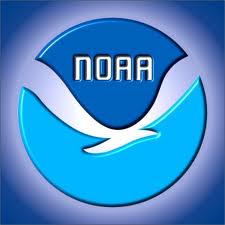General NOAA Ocean Modeling Environment (GNOME) for oil spill trajectory forecasts
NOAA’s participation in the 2009 Field Drift Experiment will aid in better understanding the physical processes driving the circulation in the Sound, as well as efforts to model this circulation in a real-time and predictive mode that will be useful in an actual oil spill mode for the Sound.
Creating an “oil spill trajectory” using Field Experiment data
NOAA was able to incorporate surface current data from the Field Experiment into a simulated “oil spill trajectory” that extend out to 48 hours. Once the GNOME forecast has been generated it was delivered to John Whitney — just as if a real spill had occurred.
What happens after a trajectory forecast is created?
After making a GNOME trajectory forecast, NOAA gathers overflight information on the actual movement and positions of the “oil”. These positions are used to calibrate the uncertainty of the GNOME model. Using field observations to recalibrate the GNOME output, and after reinitializing the “oil distribution” to the field observations, an updated trajectory can be generated.
This forecast/ observation/ hindcast mode is then used on a 12 to 24 hr cycle for as long as necessary. In lieu of overflights NOAA will use the drifter positions to operate in this forecast/hindcast/forecast mode. NOAA will need to know the exact positions of the drifters at intervals of 12, 24, 36 and 48 hours. NOAA will perform this recalibration on its own CATS hydro model.
Other Areas of Interest
In addition, NOAA was interested in other aspects of this experiment, namely determination of the mixed layer depth and its variations, as well as the 3-D capabilities of ROMS to predict the motion of the submerged drifters. As such, NOAA is interested in the STD data collected before and during the experiment, along with any ADCP data that was collected.


